The background of this question is based on a practical sample where I wanted to remove a «friend» dependency from a pair of classes that are used to manage read/write locked access to a shared resource.
Here's an abstraction of the original structural design for that scenario:

Marked in red, there's this ugly «friend» dependency I want to remove from the design.
In short, why do I have this thing there:
ClassAProvidershares a reference to aClassAover a number of concurrently accessingClientinstancesClientinstances should accessClassAsolely through theClassAAccessorhelper class that manages the internalsClassAhides all methods intended to be used fromClassAAccessoras protected.- So
ClassAcan ensure thatClientneeds to use aClassAAccessorinstance
This pattern comes primarily useful, when it's about ensuring to leave instances of ClassA in a
defined state, if a Client operation bails out (because of e.g. an uncaught exception). Think of
ClassA providing (internally visible) paired operations like lock()/unlock() or open()/close().
The (state-)reversing operations should be called in any case, especially when a client crashes due
to an exception.
This can be safely handled through the ClassAAcessor's life cycle behavior, the destructor
implementation can ensure it.
The following sequence diagram illustrates what's the intended behavior:

Additionally Client instances can achieve a fine control of accessing ClassA easily, just using
C++ scope blocks:
// ...
{
ClassAAccessor acc(provider.getClassA());
acc.lock();
// do something exception prone ...
} // safely unlock() ClassA
// ...
All fine so far, but the «friend» dependency between ClassA and ClassAAccessor should be removed for a number of good reasons
- In the UML 2.2 Superstructure, Section C.2 under Changes from previous UML it says:
The following table lists predefined standard elements for UML 1.x that are now obsolete. ... «friend» ... - Most coding rules and guidelines I've seen forbid, or strongly discourage using friend, to avoid the tight dependency from the exporting classes to the friends. This thing brings in some serious maintenance issues.
As my question title says
How can I remove/refactor a friend declaration properly (preferably starting out at the UML design for my classes)?



